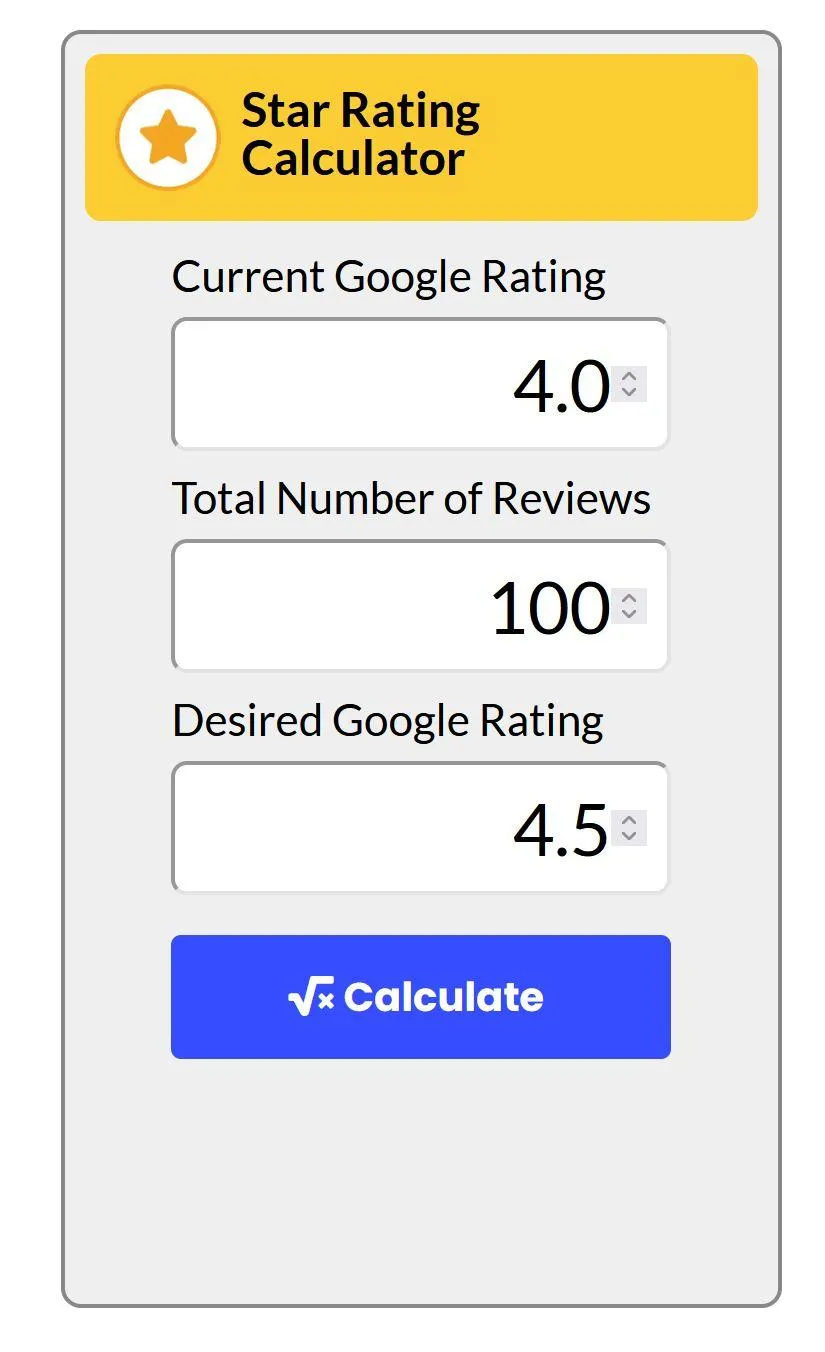The Future is Here: Transform Your Business into an Automated Revenue Generator!
Turbocharge Your Business with Tools That Connect and Convert Customers Automatically!


We totally get it.

Life can be chaotic, and it seems like there's always a million "priorities" demanding your attention.
On top of that, investing your precious time and hard-earned money into marketing and various software can feel overwhelming. But let me tell you something important: not utilizing a CRM can seriously hinder your business in the long run. It's like leaving money on the table and missing out on potential sales, leads, and valuable customers simply because you're not using a CRM.
That's where Rainmaker Reputation Ai CRM comes in. We've got you covered with the perfect all-in-one system that acts as your very own sales and marketing team. It's a game-changer, my friend. With everything you need conveniently housed in one place, you can kiss those unnecessary costs goodbye and say hello to boosted sales and business growth. Trust me, it's the smart move to make.



How Will Rainmaker Reputation AI CRM Do It For You?
FACT: Every Person Engaging Your Business Today
Must Walk Through These "Doors" To Grow
Capture... Nurture... Close... & Nurture Again!
What If These 4 Small Hinges Can Open
Big Doors For Your Business Today?


Capture
Stop losing out on potential sales because you aren't capturing your leads. Now that people know about you, let's capture those leads so we can convert them to customers.




Nurture
Easily reach your customers wherever they are: social media, email, text, voicemail, chat. Follow up with new leads in under 5 minutes with automatic messaging. Engage your leads with nurture campaigns so you always stay top of mind.


Close
Get the power to close more deals. You'll know exactly where each potential client is in the buying process, so you can focus on the ones that are closest to closing. When they are ready to buy you can collect their payment right through the CRM.




Follow Up... Forever
Your best customers and clients love your services and products. Your Brand is now trusted! Level up your business yet again with automated, dependable and predictable follow up marketing technology. Now you can capitalize with V.I.P. offers that upgrade life time value


ReputationGenius Cards Are Here!

Our Reputation Review Cards Make It So Easy To
Finally Get More Reviews...
Just Tap Their Phone!
or
Let's hop on a call!
We will help you identify the trouble areas and
those quick & achievable wins in your business. Let's strategize and get you to
where you need to be.
This is a 100% free, no-pressure call! We will provide you with our best advice whether you
choose to work with us or not.



or
See What Our Clients Say
We make it easy for you to grow your business
by picking up The easy wins You Overlook
Rainmaker Reputation AI CRM Does Even More!
Harvest More Customers From Your Google Business Profile
Get More Customers Texting Your Business
Automated Appointment Setting
Automated Follow Up That Delivers
Collects & Responds To Google Reviews
Keep Your Team's Mobile Communications In Our App, Not Their Personal Phones
Track Your Calls & Be Certain The Calls Are Being Answered By Staff
Social Posting From One Screen To Facebook, Instagram, LinkedIn, Twitter & TikTok
Create Your Membership & Subscription Site
Create Your Affiliate Program
Use Our Chatbot For FAQ Text Messages
Super Charge Your Video Content With Next Level Landing Pages
Payments Thru Stripe, Authorize.Net, Paypal and more!
Coupons and Discounts in Funnels, Text 2 Pay links, Invoices, and Proposals
"Review Us" Automated Card System
Unlimited Website Hosting + Built In Wordpress Hosting Upgrade
UNPARALLELED EXPERT SUPPORT
Unlimited Help Desk Support
24/7 Support
New Tools Webinar Every Month
What's Working Now Webinar Every Month
Networking & Support Slack Channel

Warning!
Is Your Business Ready For A2P 10DLC?
Carriers are becoming increasingly sensitive to spam and AUP enforcement when it comes to SMS and Calls. To keep spamming in check and to protect the end customer (leads/contacts) they have created various regulations & compliance frameworks.
And that's a good thing! It means, in time, our phones will be less cluttered with spam txts, and a better experience for both companies and customers to conduct business via txt with confidence.
Ask us about A2P 10DLC and if your txting is compliant to the new rules.
And if you do not sms your customers specials, offers, and consumer advocate tips... why are you missing out on this opportunity? Contact us today to show you how easy it is to implement and execute this vital approach.
Streamline Sales
Generate More Leads
Build Your Brand
Impress Existing Customers
Automate The Headaches
FEATURES
Social Media Management
Review Collecting Systems
Forms & Surveys
Online Appointment Booking
Membership & Course Builder
Automated Nurture Sequence
Email & SMS
Phone System & Autodialer






